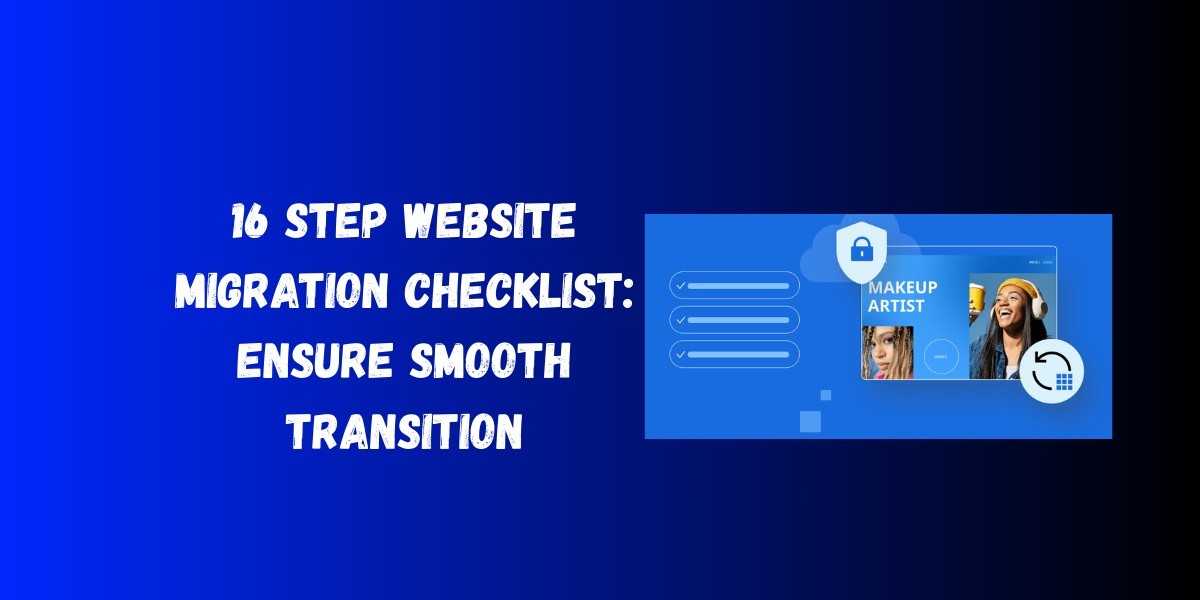Introduction
Migrating a website to a new host or platform can feel intimidating. From potential downtime to SEO risks, there are many moving parts that need careful attention. But with the right strategy, you can make the process smooth and error free. That’s why we’ve created the 16 step Website Migration Checklist: Ensure smooth transintion to help you move your site confidently while keeping performance and rankings intact.
Step 1: Define the Purpose of Migration
Understand why you’re migrating better performance, cost savings, scalability, or platform upgrade. This clarity helps guide your entire process.
Step 2: Audit Your Current Website
Review your current site’s structure, plugins, databases, and performance metrics. This audit ensures nothing critical is overlooked.
Step 3: Choose the Right Hosting Provider
Select a provider that offers high uptime, strong support, scalability, and security. Moving to a reliable host ensures future stability.
Step 4: Backup Everything
Before making any changes, create a full backup of your website files, databases, and emails. This acts as a safety net if something goes wrong.
Step 5: Create a Migration Plan
Outline each step, set timelines, and assign responsibilities if you’re working with a team. A structured plan minimizes confusion.
Step 6: Set Up Your New Hosting Environment
Prepare the new server by installing CMS (like WordPress), databases, and necessary configurations before transferring files.
Step 7: Transfer Website Files
Move your site files using FTP or file manager tools. Double-check folder structures and permissions to avoid broken links.
Step 8: Export and Import Databases
Export your old database and import it into the new host. For WordPress, this typically involves phpMyAdmin or migration plugins.
Step 9: Update Configuration Files
Modify configuration files (like wp-config.php for WordPress) to connect your site to the new database and server environment.
Step 10: Test the New Setup Locally
Use a temporary URL or hosts file modification to test your website on the new server before updating DNS.
Step 11: Update DNS Settings
Change your domain’s nameservers to point to the new hosting provider. Allow 24 48 hours for DNS propagation.
Step 12: Test Post-Migration Functionality
Check all pages, links, forms, media, and scripts to ensure nothing is broken. Test across devices and browsers.
Step 13: Verify Website Speed and Performance
Use tools like Google PageSpeed Insights or GTmetrix to compare before-and-after performance. Optimize as needed.
Step 14: Monitor SEO Factors
Update your XML sitemap, robots.txt, and redirects. Submit the updated sitemap to Google Search Console to maintain rankings.
Step 15: Set Up Redirects
If your URL structure has changed, configure 301 redirects to preserve SEO value and prevent broken links.
Step 16: Cancel Old Hosting After Verification
Once you’re sure everything works perfectly on the new server, safely cancel your old hosting account.
Conclusion
Website migration doesn’t have to be stressful. With this 16 Step Website Migration Checklist: Ensure Smooth Transition, you can minimize risks, protect SEO, and ensure your visitors experience zero interruptions. Whether you’re switching to a faster host or upgrading your platform, following this checklist keeps the process safe and effective.
For more expert guides and resources on hosting and site management, visit Hosting Mastery Hub, your trusted source for web hosting knowledge.








